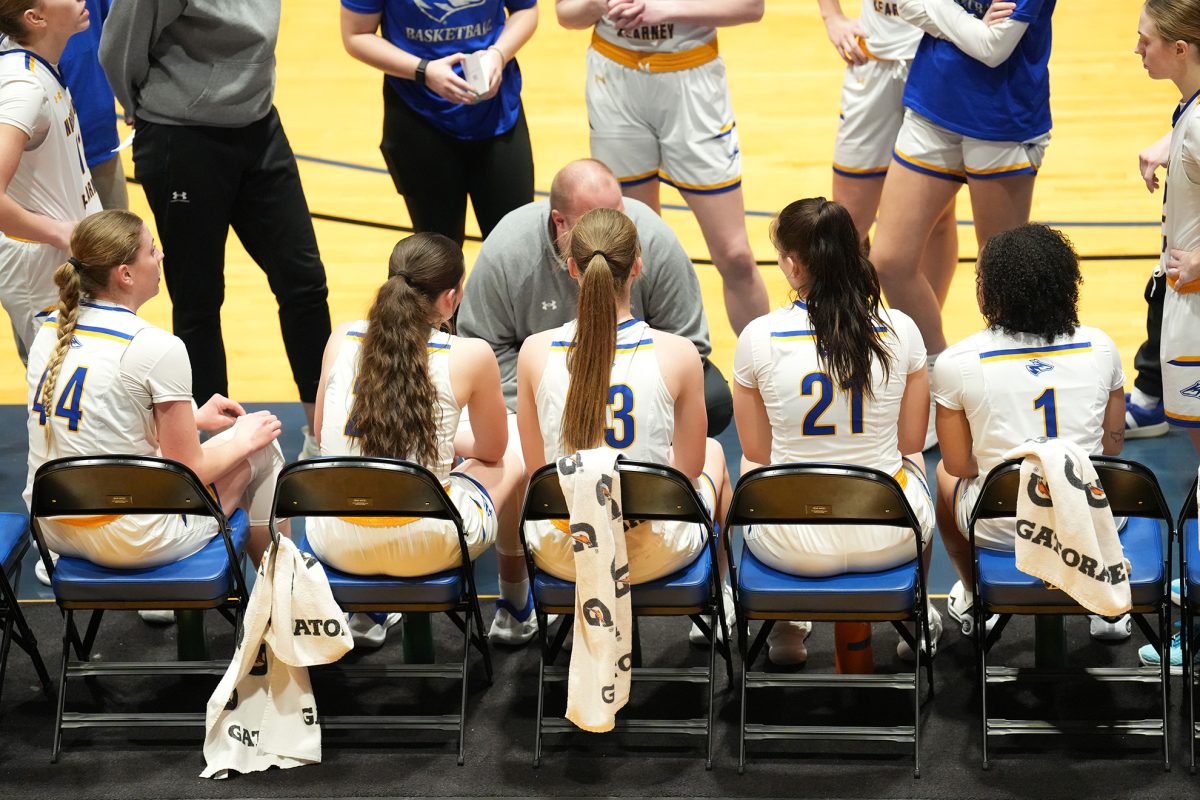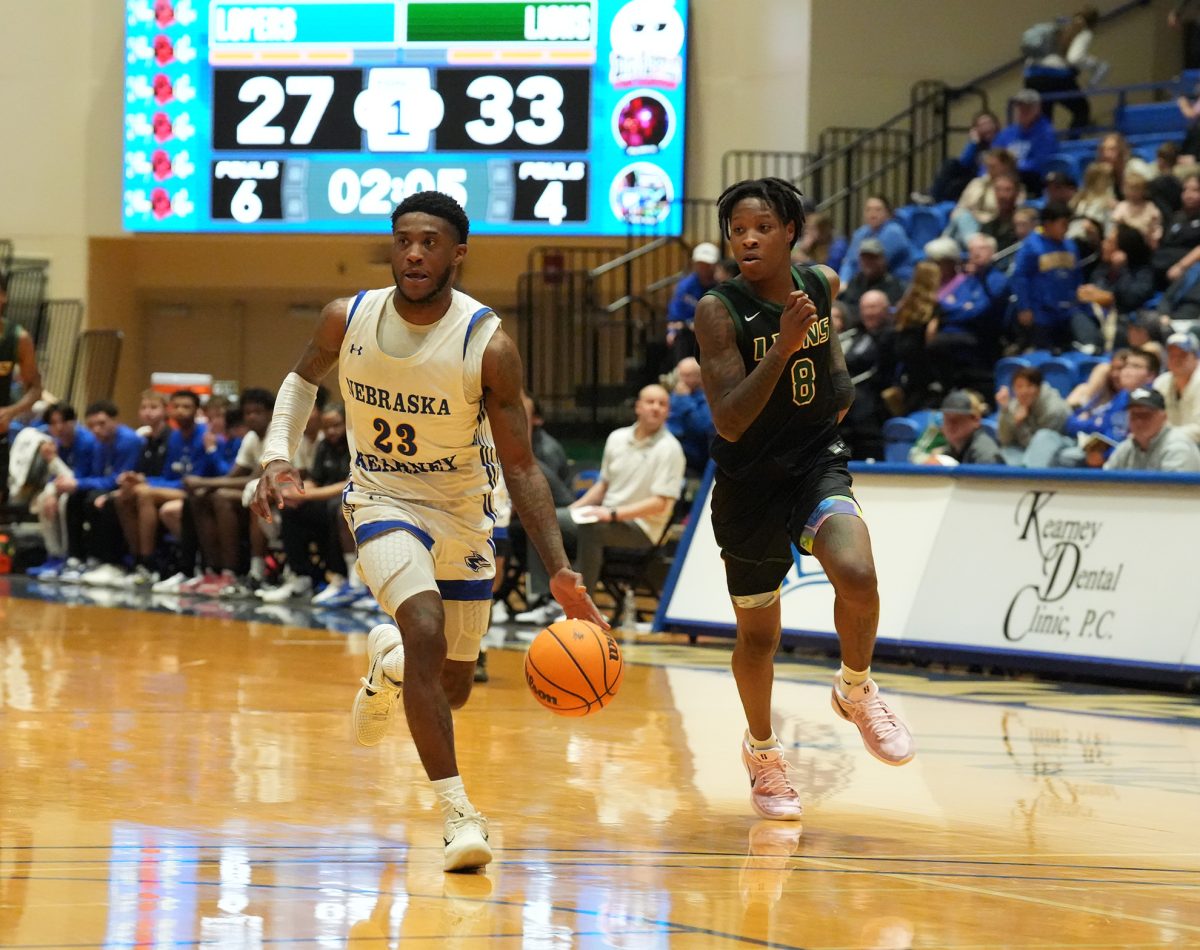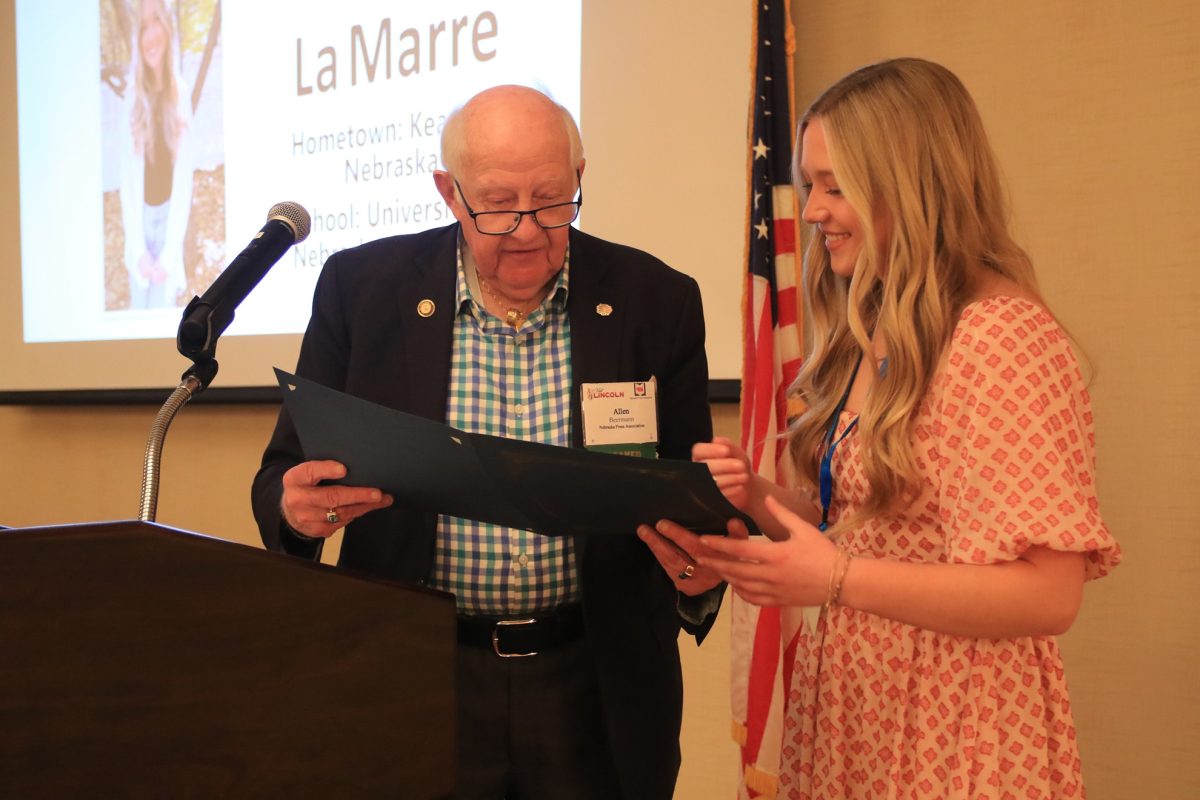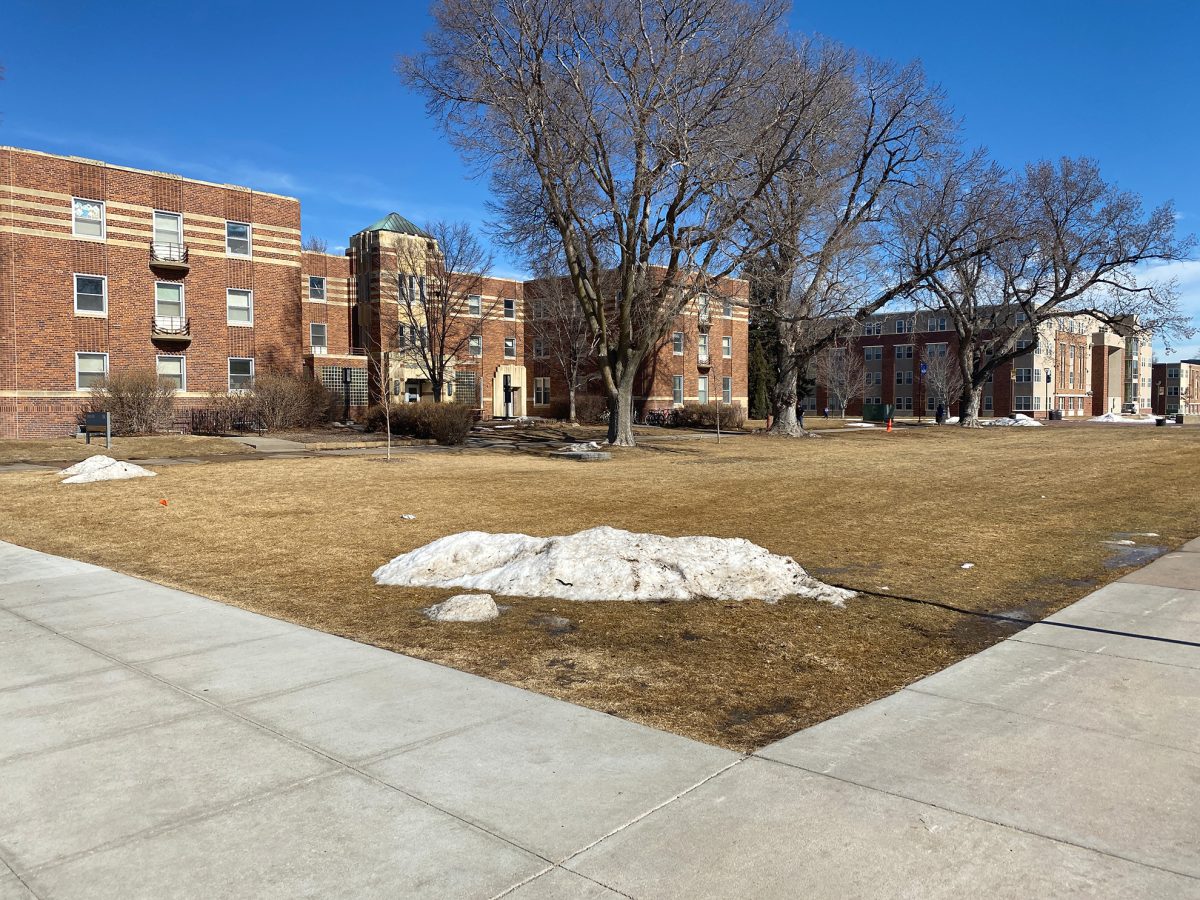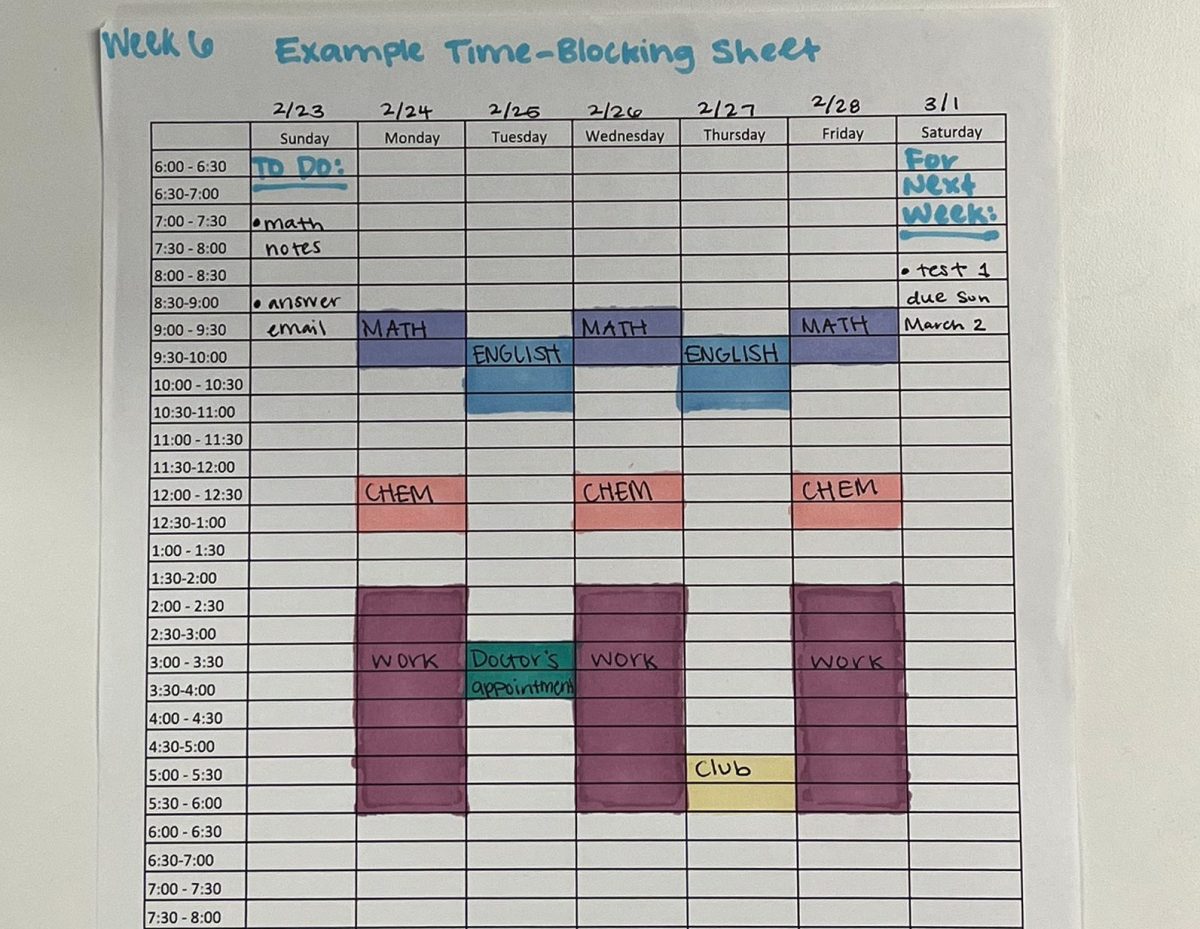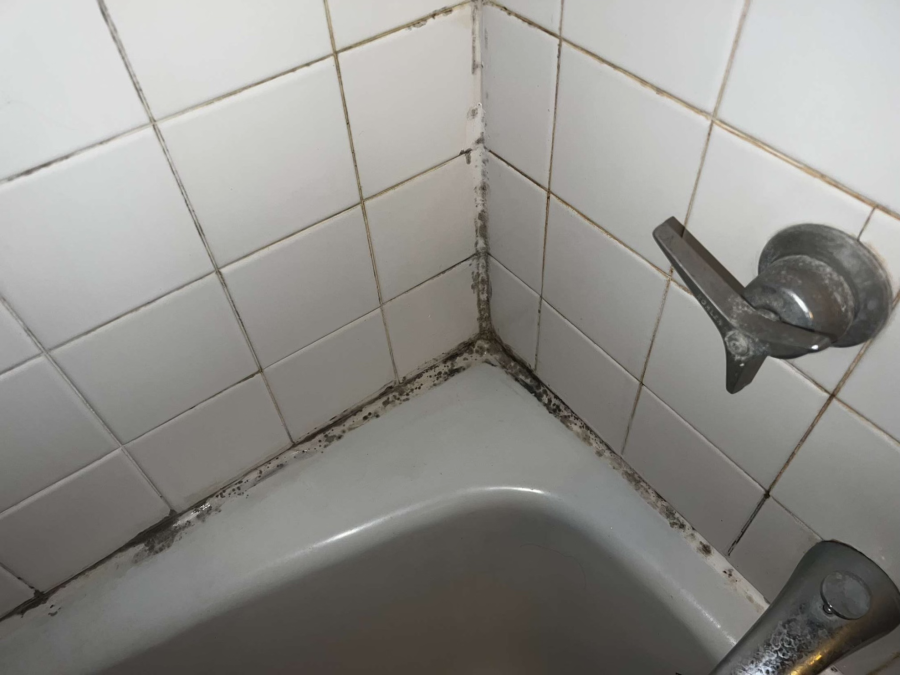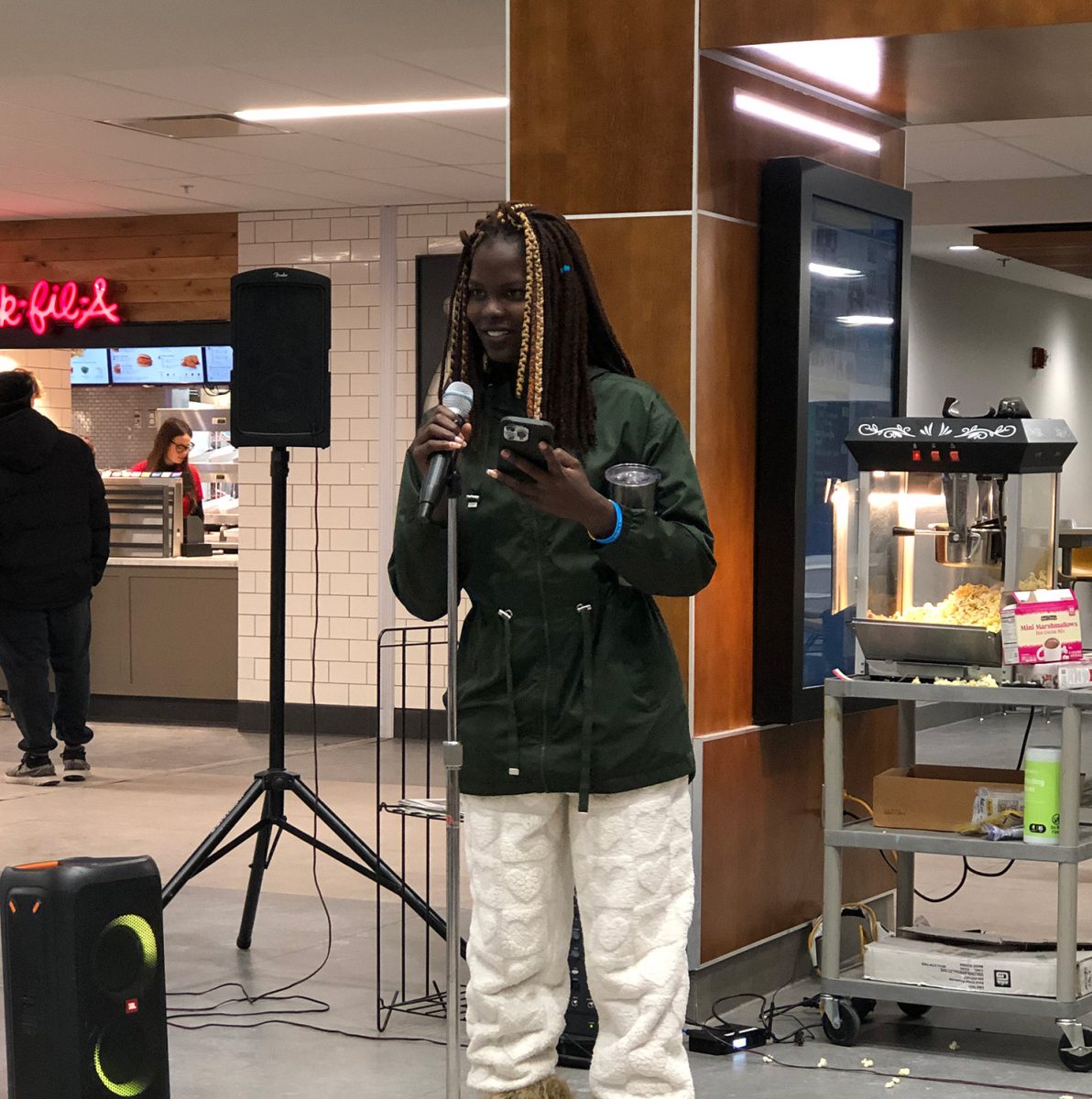bruningm@lopers.unk.edu
Two roommates reported finding mold in their bathroom in August. They filed a work report to treat the bathroom but were not relocated during the treatment.
Carr Holmberg was one of the roommates who discovered the mold. She discussed how Facilities and Management completed the work order request.
“I was definitely upset and kind of scared because, personally, I don’t know much about mold and the side effects it causes,” Holmberg said. “I was a little scared and stressed out about the mold and that nobody was really updating us on what they were doing or what they found out.”
They filed a work report to Facilities and Management. Workers sprayed chemicals on the shower surfaces. The students were told staying in the room overnight was safe but couldn’t use the shower for the next four weeks.
One of the students complained of physical symptoms from staying in the room. They experienced headaches, coughing and a sore throat. This student didn’t know if the symptoms were from mold or the chemicals.
The roommates claimed other people on their floor came to them about seeing similar conditions in their bathrooms.
Todd Gottula, senior director of Communications and Marketing, responded to the students’ mold claims.
“What a lot of people think is mold, is not mold,” Gottula said. “We’ve done a bunch of tests, and those tests show that we do not have a dangerous level of mold in our residence halls. So, in short, we do not have a large mold infestation or outbreak.”
Facilities and Management tested eight rooms in Mantor Hall and nine rooms in CTW. Two showers in CTW had a trace of surface mold and mildew. The showers did test positive for mold, but Gottula said, “There’s different levels of mold everywhere, but this is not the toxic kind.”
According to the Center for Disease and Control Prevention, there is always a little mold everywhere, mainly in the air and surfaces. Some molds are toxigenic, meaning they can produce toxins, but others are harmless. Indoor exposure to mold can cause allergy-like symptoms such as coughing or wheezing.
There is no evidence to conclude if the student’s symptoms were caused by mold or allergies.
Facilities & Management have found many showers with incidental mildew and discolored tile/caulking, but no actual mold.
“I think there’s a little bit of an educational process that needs to occur on campus and with people in general,” Gottula said. “So, what looks like mold is often dirt… and that’s mainly what we’re seeing.”
Gottula prompts students to complete work order requests if they believe mold is present in their rooms. If there are large or dangerous amounts of mold, students will be relocated to a different room.
Students can research the difference between mold, mildew or soap scum. It is recommended that students clean their bathrooms well and ventilate the room after showering. If students have plants in their dorm rooms, they are advised to watch humidity levels caused by the plants.









